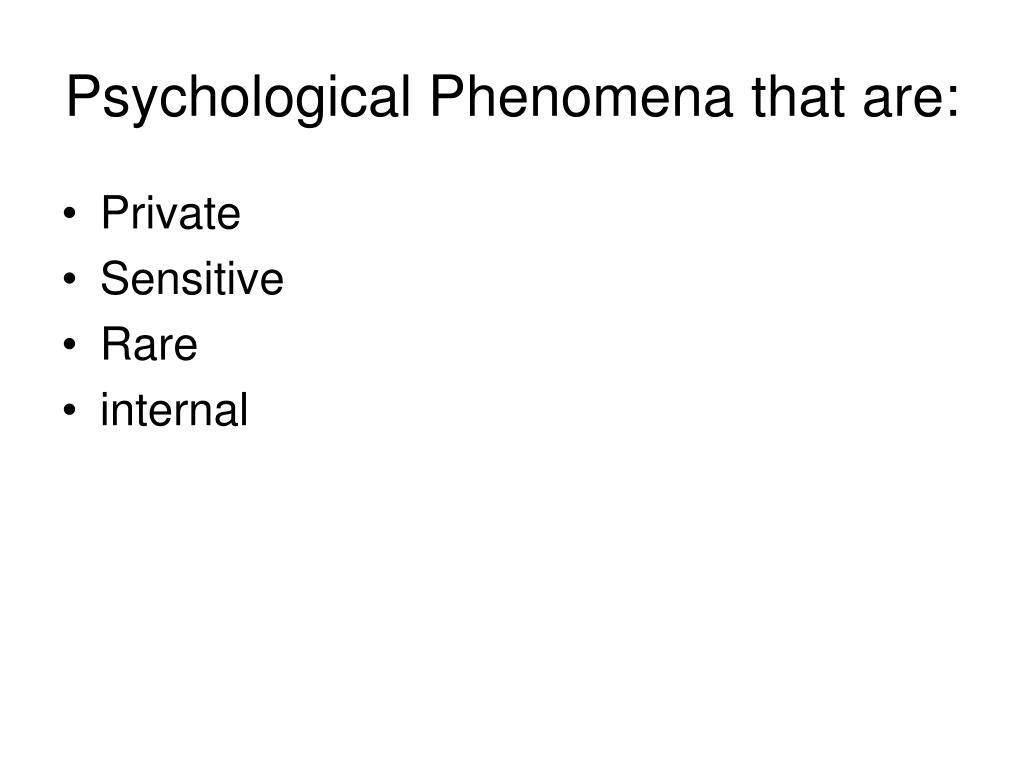

When students were working alone they noticed the smoke almost immediately (within 5 seconds). While they were completing the questionnaire, smoke was pumped into the room through a wall vent to simulate an emergency. The students were placed in a room-either alone, with two strangers or with three strangers to complete a questionnaire while they waited for the experimenter to return. To test the concept of "noticing", Latane and Darley (1968) staged an emergency using Columbia University students.

Emergencies cannot be predicted or expectedĭue to these five characteristics, bystanders go through cognitive and behavioural processes:.The type of action required in an emergency differs from situation to situation.Emergencies involve threat of harm or actual harm.

Īccording to Latané and Darley, there are five characteristics of emergencies that affect bystanders: Additional research by Faul, Mark, et al., using data collected by EMS officials when responding to an emergency, indicated that the response of bystanders was correlated with the health severity of the situation. When the student gave an explanation, such as saying that their wallet had been stolen, the percentage of people giving assistance was higher (72%) than when the student just asked for a dime (34%). In another condition, the students asked bystanders for a dime.

More people provided an answer when the students gave their name first. In one condition, subjects asked a bystander for his or her name. Their results indicated that the way in which the subjects were asked for help mattered. Latané and Darley performed three experiments to test bystander behavior in non- emergency situations. Variables affecting bystanders Emergency versus non-emergency situations Increased bystander presence can increase the likelihood that someone would intervene, even if the chance of each individual bystander responding is reduced. They found that intervention was the norm, and in over 90% of conflicts one or more bystanders intervened to provide help. (2019) examined over 200 sets of real-life surveillance video recordings from the United Kingdom, the Netherlands, and South Africa to answer "the most pressing question for actual public victims": whether help would be forthcoming at all. 70 percent of the people alone called out or went to help the woman after they believed she had fallen and was hurt, but when paired with a stranger only 40 percent offered help. For example, Bibb Latané and Judith Rodin (1969) staged an experiment around a woman in distress, where subjects were either alone, with a friend, or with a stranger. These experiments have found that the presence of others inhibits helping, often by a large margin. An emergency situation is staged and researchers measure how long it takes the participants to intervene, if they intervene. In a typical experiment, the participant is either alone or among a group of other participants or confederates.
GROUP PSYCHOLOGICAL PHENOMENA SERIES
These researchers launched a series of experiments that resulted in one of the strongest and most replicable effects in social psychology. Darley and Bibb Latané in 1968 after they became interested in the topic following the murder of Kitty Genovese in 1964. The bystander effect was first demonstrated and popularized in the laboratory by social psychologists John M. More recent studies also show that this effect can generalize to workplace settings, where subordinates often refrain from informing managers regarding ideas, concerns, and opinions. Recent research has focused on "real world" events captured on security cameras, and the coherency and robustness of the effect has come under question. The theory was prompted by the murder of Kitty Genovese about which it was wrongly reported that 38 bystanders watched passively. If a single individual is asked to complete the task alone, the sense of responsibility will be strong, and there will be a positive response however, if a group is required to complete the task together, each individual in the group will have a weak sense of responsibility, and will often shrink back in the face of difficulties or responsibilities. First proposed in 1964 after the murder of Kitty Genovese, much research, mostly in psychology research laboratories, has focused on increasingly varied factors, such as the number of bystanders, ambiguity, group cohesiveness, and diffusion of responsibility that reinforces mutual denial. The bystander effect, or bystander apathy, is a social psychological theory that states that individuals are less likely to offer help to a victim in presence of other people. For the bystander effect in radiobiology, see Bystander effect (radiobiology). This article is about the psychological phenomenon.


 0 kommentar(er)
0 kommentar(er)
